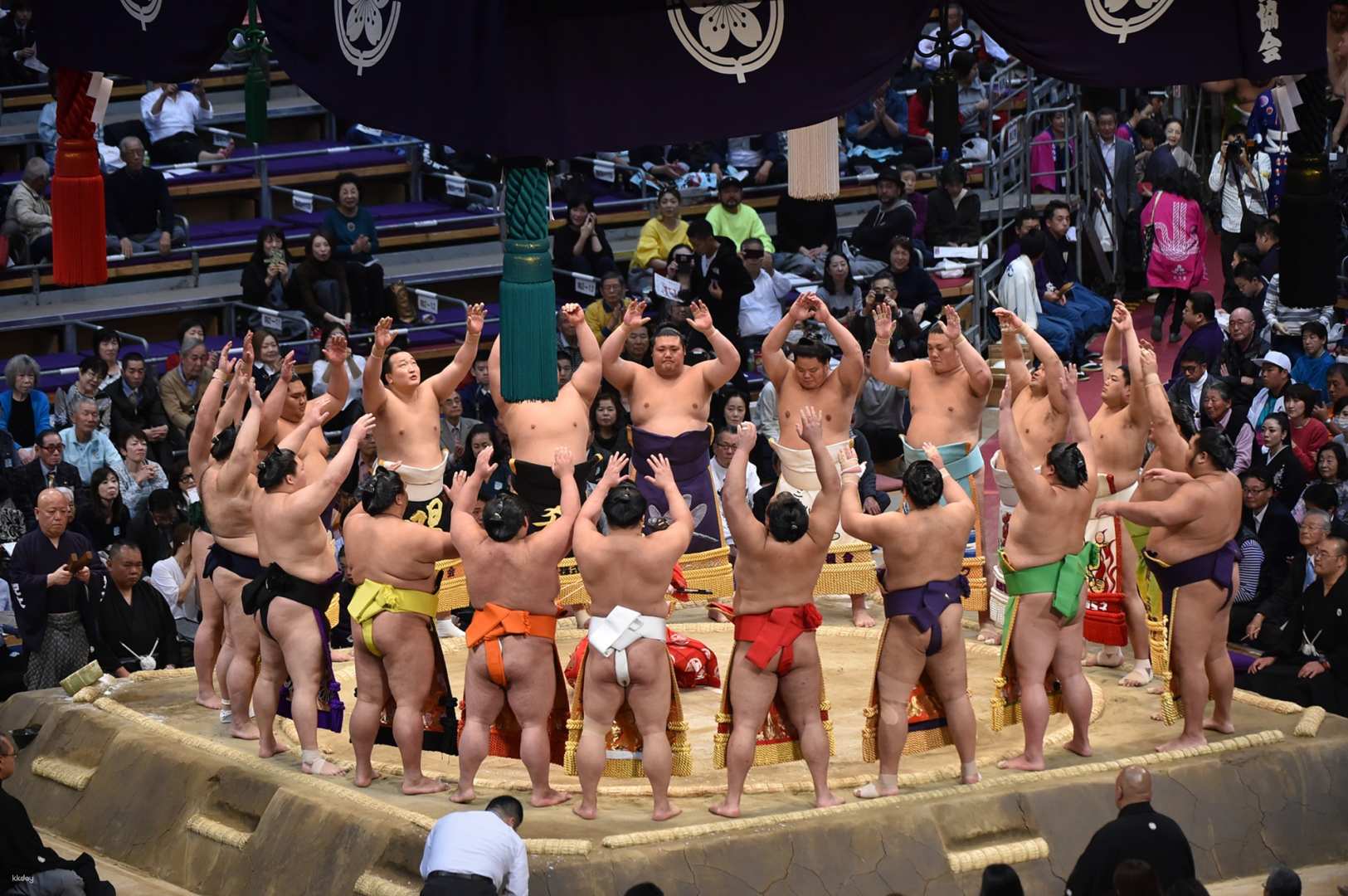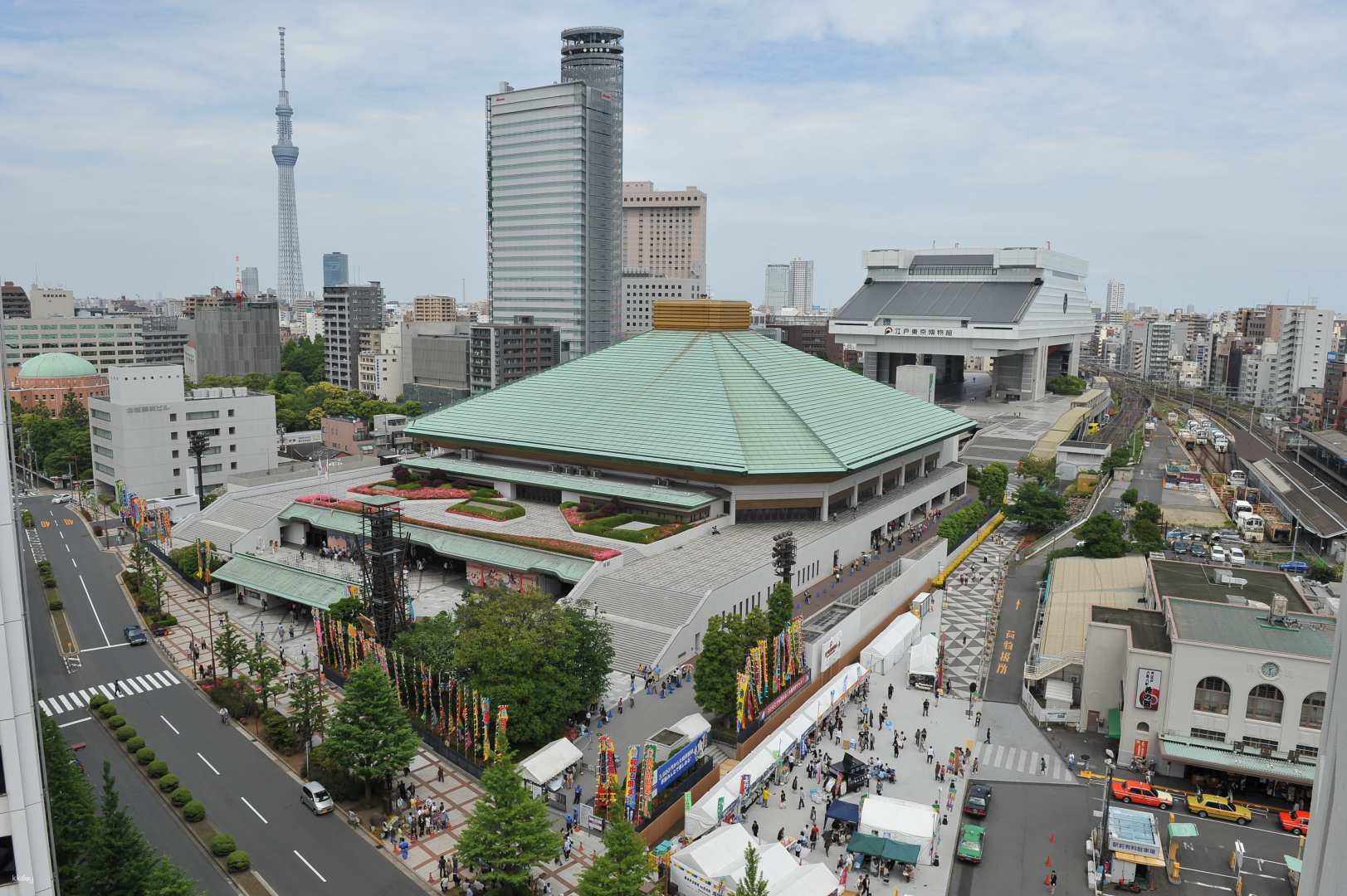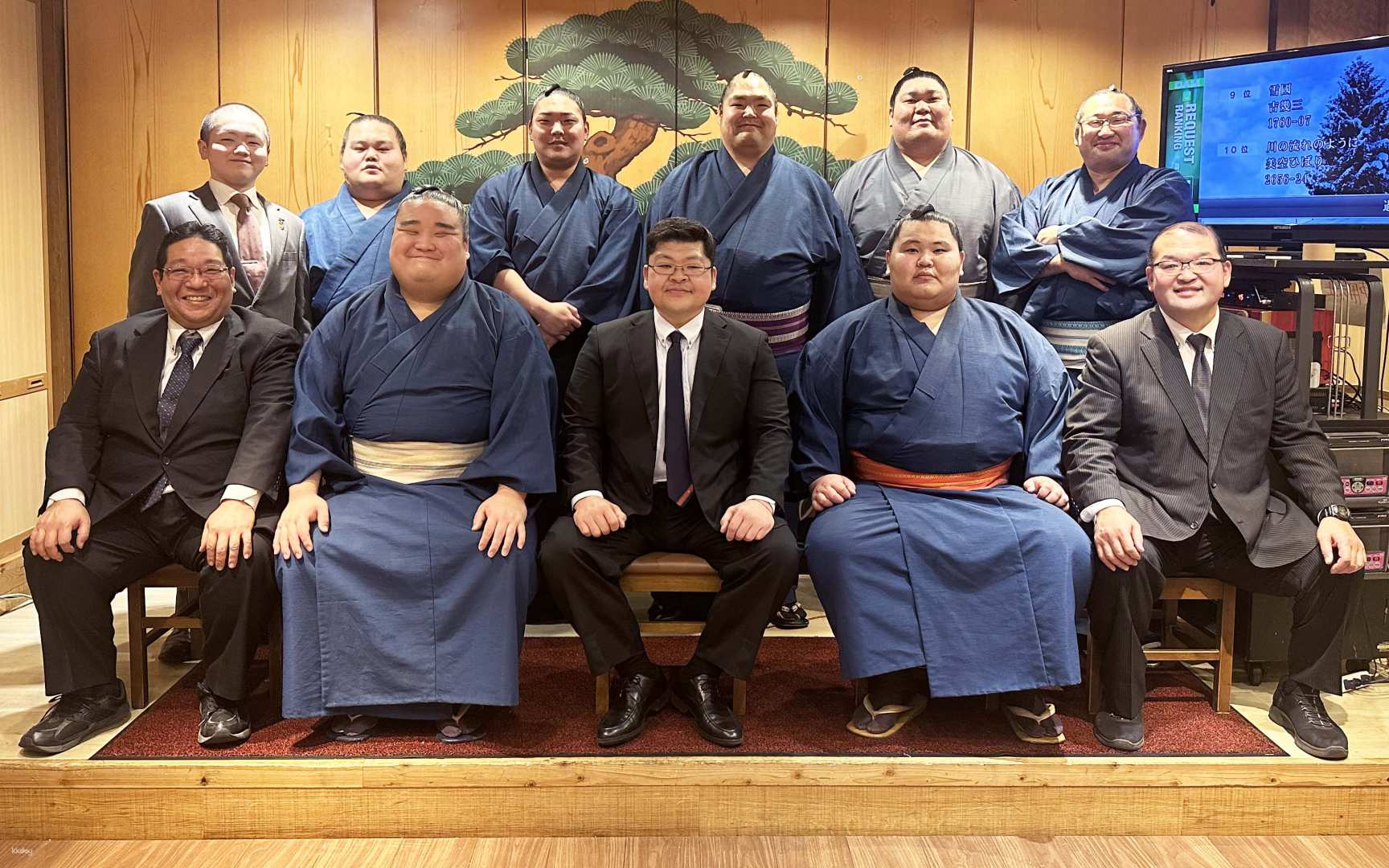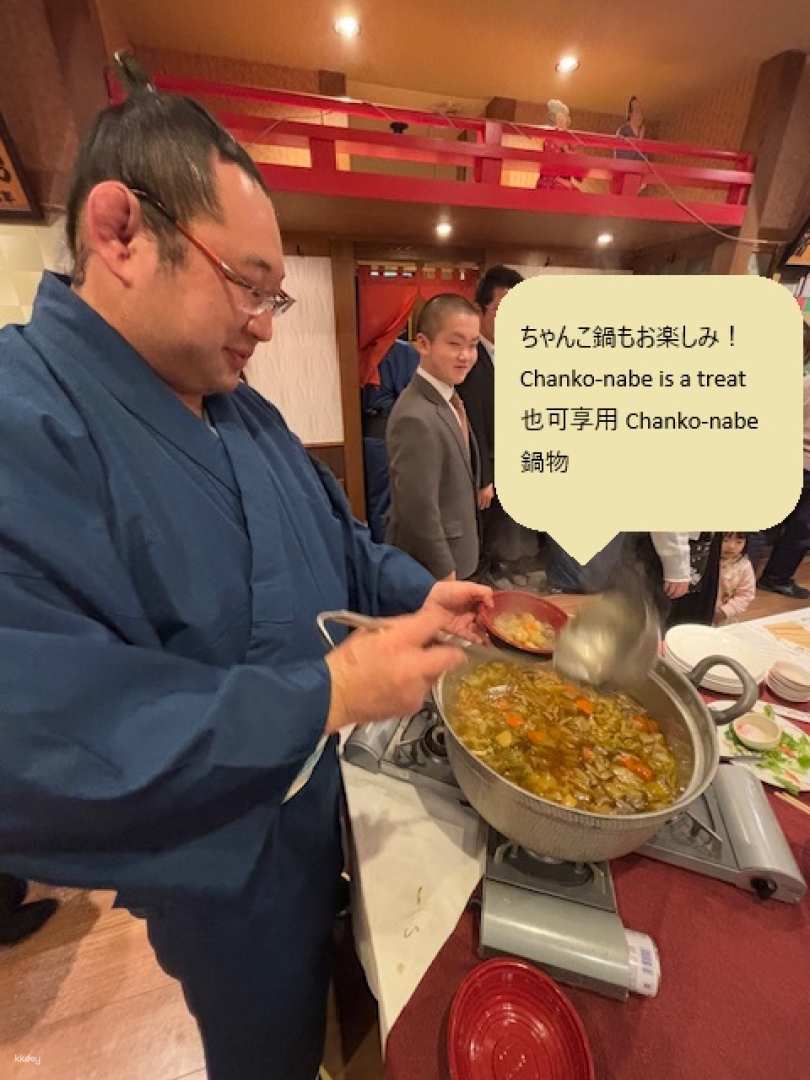
[Sumo Wrestling Viewing Tour] Final day of the Tokyo tournament in May - Experience the "Grand Final Party"
![[Sumo Wrestling Viewing Tour] Final day of the Tokyo tournament in May - Experience the "Grand Final Party" 1](https://xpscntm-asset-6aaa6adb24ad2493.s3.ap-southeast-1.amazonaws.com/7046204798720/-5--41a64453-a9e0-4267-ac7e-cb8f1aba06a9.jpeg)

![[Sumo Wrestling Viewing Tour] Final day of the Tokyo tournament in May - Experience the "Grand Final Party" 2](https://xpscntm-asset-6aaa6adb24ad2493.s3.ap-southeast-1.amazonaws.com/7046204798720/-5--930d8f6c-255e-4069-8720-4bc72e655233.jpeg)

![[Sumo Wrestling Viewing Tour] Final day of the Tokyo tournament in May - Experience the "Grand Final Party" 3](https://xpscntm-asset-6aaa6adb24ad2493.s3.ap-southeast-1.amazonaws.com/7046204798720/-5--2b283ff6-b53b-40ee-8d59-45cfa01487c6.jpeg)

![[Sumo Wrestling Viewing Tour] Final day of the Tokyo tournament in May - Experience the "Grand Final Party" 4](https://xpscntm-asset-6aaa6adb24ad2493.s3.ap-southeast-1.amazonaws.com/7046204798720/-5--37e42f78-bfeb-46cf-9784-1f0177dc211f.jpeg)

![[Sumo Wrestling Viewing Tour] Final day of the Tokyo tournament in May - Experience the "Grand Final Party" 5](https://xpscntm-asset-6aaa6adb24ad2493.s3.ap-southeast-1.amazonaws.com/7046204798720/-5--0005f0a6-cf20-44d8-9be6-508ad717a3b6.jpeg)

-
Show Map
Sold Out
What You'll Experience
The content of this product is provided by machine translation and may not reflect the actual information, please take this into consideration before booking.
Sumo, Japan’s national sport, is not just about large wrestlers; beneath their fat, they have well-trained muscles. Despite their large physique, they possess remarkable flexibility, with legs as strong as tree trunks. Their physical abilities are acrobatic, and sumo wrestlers are ultimate athletes with bodies built for combat. The sound of their clash echoes throughout the venue. Come and experience the intense moments of this competition up close!
[Viewing Highlights]
Sumo’s origins can be traced back to ancient mythology, where it began as a form of strength competition. It was initially performed as a ritual to forecast the year's harvest, held annually at the imperial court for about 300 years. In the Sengoku period, sumo became part of warrior training. In the Edo period, sumo became a public attraction, establishing the foundation for modern-day sumo. Today, sumo is a popular sport with a structured form, loved by many. At the venue, you’ll get to experience the long history and cultural traditions of sumo up close.
When sumo wrestlers enter the ring, they perform a ring entrance (dohyō-iri), which also serves as a ceremonial introduction. The "Yokozuna Ring Entrance," performed separately from the Juryo or Makuuchi divisions, allows you to witness a sacred ritual. With two wrestlers, "tachi-mochi" and "no-yanai," following the Yokozuna as they make their way down the flower path and enter the ring, the Yokozuna then raises his leg high to stomp the ground (shiko). The crowd will chant "Yoi-sho!" in unison as the Yokozuna performs this traditional stomp. Also, the Yokozuna’s ceremonial mawashi and white rope are highlights to watch.
FAQ:
Q&A
Q: Can I eat or drink during the sumo match?
A: Eating and drinking are allowed in the seats. However, bringing in bottles, cans, or food from outside is not permitted. The venue will have vendors selling soft drinks like tea and juice, as well as alcoholic beverages such as beer and chuhai.
Q: What are some souvenirs or foods I should buy when attending a sumo match?
A: A popular souvenir is the "support towel" with the sumo wrestler’s name printed on it. "Kokugikan Yaki-Tori" (grilled chicken) made in the basement of the National Sumo Hall is also a popular item.
Q: What is the etiquette during sumo wrestling matches?
A: As sumo bouts often end in just a few seconds, please refrain from moving seats during the match as it might cause others to miss the critical moments. You are allowed to take photos in the seating area, but please avoid using a strong flash.
Q: Is there a dress code for sumo wrestling matches?
A: There is no formal dress code, but please avoid wearing large hats or anything that might obstruct the view of other spectators.
[Final day Senshuraku party]
You will participate in a party hosted by the Oshio-gawa Beya (the sumo stable the wrestlers belong to). The party begins with a greeting from the stablemaster, followed by introductions of the wrestlers’ performances and awards. The wrestlers will visit each table to enjoy meals and conversations with the guests. Of course, photos are allowed. Enjoy karaoke by the wrestlers as well. It’s a warm, friendly party, and there is no dress code.
All participants will receive an original Oshio-gawa Beya souvenir gift. The chance to interact with real sumo wrestlers after their matches is a rare and memorable experience!
Ryogoku Kokugikan Hall

Outside the venue, flags bearing the names of wrestlers and stables are lined up, adding to the excitement.

Sumo wrestling - matches

The Makuuchi and Juryo ring entrances are the most exciting scenes.

Venue Map

Contacts, Facilities, Service Languages, and More
Leave a review when you can!
Tour Itinerary






See Complete Itinerary
Location Details
General Information
Duration | 7 Hours 10 Minutes. |
|---|---|
Address | Ryogoku Kokugikan Hall. |
Category | Tours |
More activities or items you might like


 Facebook
Facebook Instagram
Instagram TikTok
TikTok Youtube
Youtube Twitter
Twitter Telegram
Telegram WhatsApp
WhatsApp
